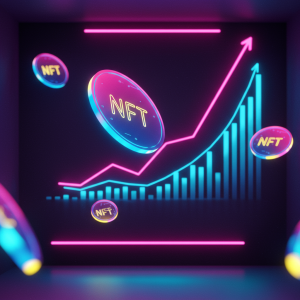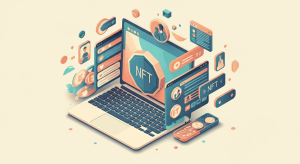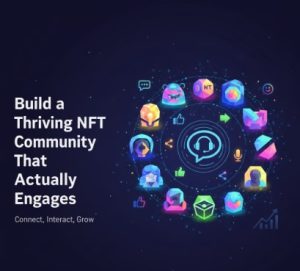Why Did the NFT Market Crash?
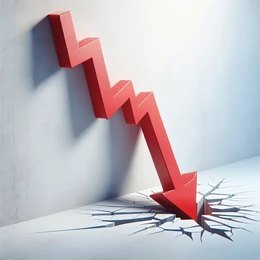
Once hailed as the future of digital ownership, the NFT market experienced a dramatic crash after reaching unprecedented heights in 2021. At its peak, digital artists were selling NFTs for millions, celebrities were launching collections, and major brands were racing to establish their presence in this new space. Then came the collapse.
At NFT Marketo, we’ve tracked this market evolution closely, observing both the meteoric rise and subsequent fall that has reshaped the digital asset landscape.
Speculative Bubble Dynamics

The primary driver behind the NFT crash was classic bubble economics. Early success stories created a gold rush mentality, with investors pouring in money based on the expectation of continued price appreciation rather than fundamental value. When Beeple’s “Everydays: The First 5000 Days” sold for $69 million in March 2021, it signaled both the peak of excitement and the beginning of unrealistic expectations.
The market became driven by speculation rather than genuine collectorint querist or utility. When new money stopped flowing in, prices couldn’t sustain their inflated levels.
Market Oversaturation
As NFT creation became easier and more accessible, the market flooded with supply. Thousands of projects launched daily, many with minimal differentiation or artistic merit. This oversupply diluted the perceived scarcity that had initially made NFTs valuable.
The proliferation of celebrity cash-grab projects further damaged market credibility. When virtually every influencer, athlete, and entertainment figure launched collections with minimal effort or creativity, buyer fatigue set in.
The Utility Question
Many early NFT promoters promised utility beyond simple ownership rights – exclusive access, future returns, or evolving benefits. When these utilities failed to materialize or proved disappointing, buyers questioned the fundamental value proposition.
Projects that promised roadmaps of exciting developments often abandoned these plans once sales concluded. This pattern of overpromise and under delivery created widespread disillusionment among collectors.
Broader Crypto Market Correlation
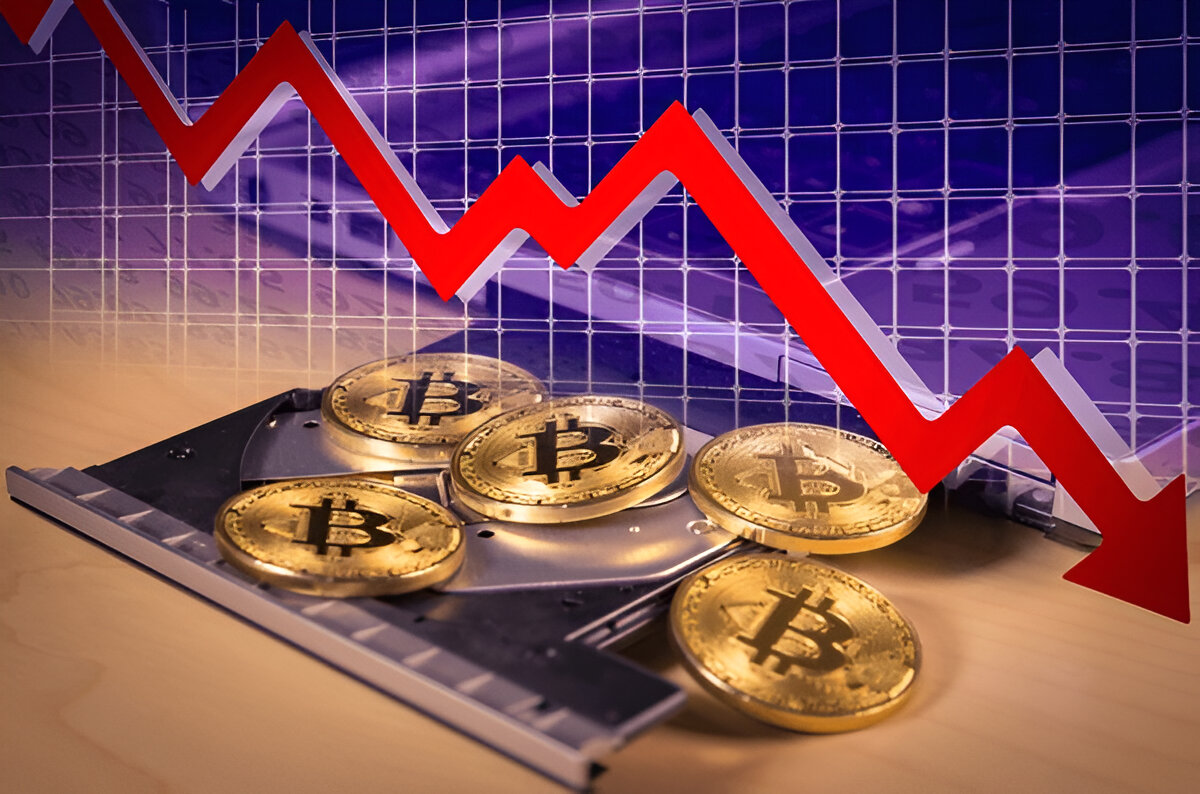
NFTs didn’t exist in isolation but as part of the broader cryptocurrency ecosystem. When cryptocurrency prices declined sharply from late 2021 through 2022, NFT valuations followed. Ethereum’s price drops directly impacted NFT floor prices, as most collections were priced in ETH.
This correlation exposed the false notion that NFTs represented a separate asset class from cryptocurrencies. In reality, they functioned as a higher-risk segment of the same market, as detailed market analyses from CoinGecko have shown.
Security and Trust Issues
High-profile scams and security breaches severely damaged market confidence. Rug pulls (where developers abandoned projects after collecting funds), phishing attacks, and marketplace vulnerabilities resulted in millions of dollars in losses.
OpenSea, the largest NFT marketplace, faced numerous security incidents. Each new headline about stolen assets made potential buyers more hesitant to enter the market.
Environmental Concerns
The environmental impact of NFTs, particularly those minted on energy-intensive proof-of-work blockchains like Ethereum (pre-merge), created significant backlash. Artists and collectors increasingly questioned the ecological cost of participation.
Though Ethereum’s transition to proof-of-stake reduced this concern, the reputational damage had already impacted market sentiment, according to researchers at the University of Cambridge Centre for Alternative Finance.
Regulatory Uncertainty
As regulators worldwide began examining NFTs more closely, uncertainty about future legal treatment cooled institutional interest. Questions about securities laws, tax implications, and copyright concerns created hesitation among major players who might otherwise have provided market stability.
The Future Landscape
Despite the crash, the core technology behind NFTs continues to evolve. Projects focused on genuine utility rather than speculation have maintained modest but stable communities. The crash may ultimately prove beneficial by clearing out unsustainable projects and resetting expectations.
What emerges from this correction will likely be a more mature market built around practical applications of digital ownership rather than get-rich-quick schemes.
For those still interested in NFTs, the key lesson from the crash is clear: sustainable value comes from utility, community, and artistic merit—not speculative frenzy.



